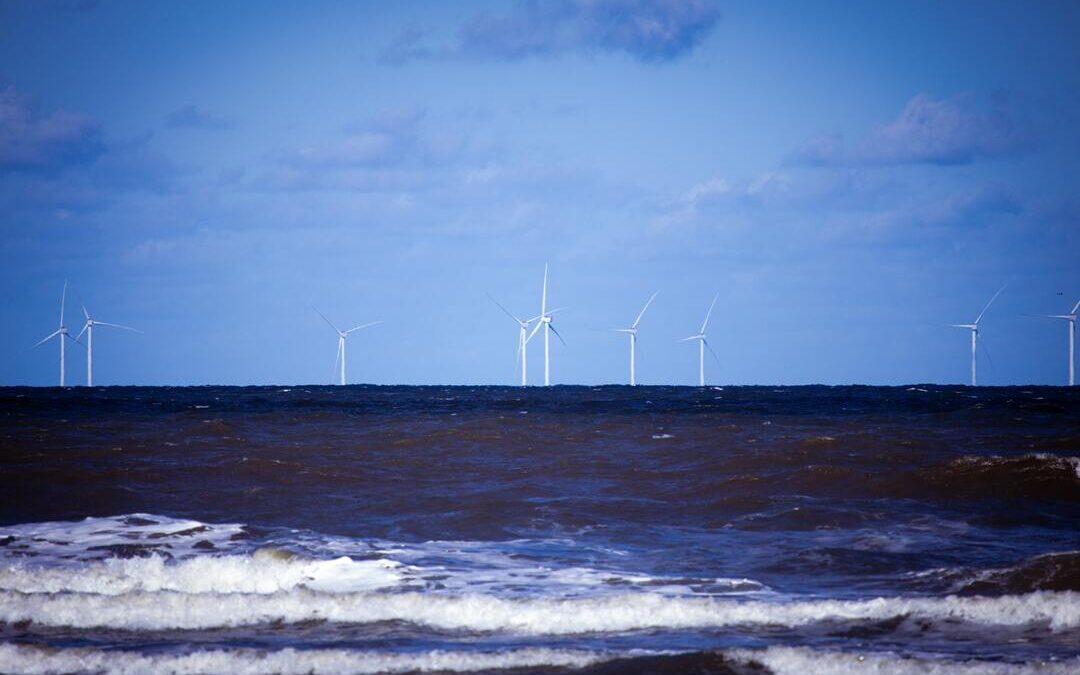Offshore Wind Energy Growth Gets Boost as UN Body Joins Global Alliance
UN Global Compact alliance aims to accelerate offshore wind energy, supporting clean power, resilient jobs and sustainable development worldwide.
The United Nations Global Compact Ocean Stewardship Coalition has joined the Global Offshore Wind Alliance, strengthening cooperation between governments, companies and civil society to speed up offshore wind energy deployment worldwide.
The alliance, launched at COP27 by Denmark, the International Renewable Energy Agency and the Global Wind Energy Council, aims to unlock offshore wind’s potential.
Members share a collective ambition of installing at least 2,000 gigawatts of capacity by 2050, up from about 75 GW installed globally today.
Mobilizing Companies and Communities
The UN Global Compact said the coalition’s participation will harness its network of more than 20,000 companies and partners.
The focus will be on responsible, nature-positive and just offshore wind development that supports country-level energy transitions.
The coalition also intends to strengthen global supply chains, create resilient jobs in coastal areas and help companies meet sustainability targets linked to the United Nations’ Sustainable Development Goals.
Its Ocean Stewardship Coalition already promotes offshore renewable energy, low-carbon shipping, sustainable seafood and nature-based ocean solutions. Offshore wind energy is now seen as central to these efforts.
Leaders Highlight Private Sector Role
“Offshore wind is one of the fastest, most scalable routes to clean power and green growth,” said Erik Giercksky, head of the UN Global Compact Ocean Stewardship Coalition. “By joining GOWA, we will help companies turn ambition into credible action — accelerating investment, strengthening supply chains and ensuring deployment that is safe for people and positive for nature.”
Amisha Patel, head of the GOWA Secretariat, said the coalition brings crucial capacity. “Mobilizing the private sector is essential to achieving our collective targets,” she said. “The UN Global Compact provides a powerful platform for business leadership and practical tools that can help countries and companies deliver offshore wind responsibly and at pace.”
Focus on Policy, Safety and Nature
The partnership will concentrate on sharing best practices for policy and permitting frameworks that speed approvals while ensuring environmental safeguards. It will also support workforce safety programs, foster investment, and scale supply chains for critical materials and components.
Nature-inclusive design and community engagement will be central. Both organizations emphasized that offshore projects must coexist with marine ecosystems and deliver tangible benefits for local economies.
Officials said the collaboration will help build a global community of practice that connects emerging markets with established leaders. This exchange is expected to lower costs, cut delays and align projects with climate and biodiversity goals.
The alliance’s target of 2,000 GW by 2050 is considered vital for achieving the Paris Agreement and improving global energy security. The UN Global Compact’s participation, members said, underscores growing momentum for offshore wind energy as a key part of the clean energy transition.
Also Read:
Offshore Wind Capacity of 410 GW to be Installed Over the Next 10 Years
Nirmal Menon
Related posts

Subscribe
Error: Contact form not found.


